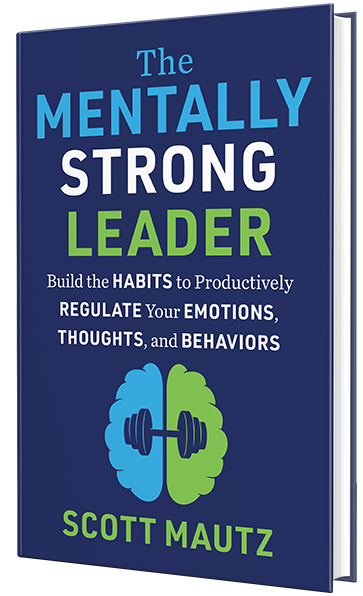
One of the most important jobs of a leader is to set the vision and strategy, and to provide a path for others to follow. But there’s a not-so-obvious role the leader plays thereafter. Once these things are set, people don’t just follow blindly. It requires a pulse, or an ethos that keeps things moving, one that the leader sets, according to LinkedIn founder Reid Hoffman.
As Hoffman said on a recent episode of his Masters of Scale podcast, “Every leader has to create a drumbeat for their company.” It drives the rhythm of the company and helps define how employees should follow and act in the day-to-day business.
I think Hoffman is exactly right, and it got me thinking. Leaders set the rhythm for others to follow in multiple ways, whether they realize it or not. With over three decades of successful leadership experience, I can tell you these are the five most important cadences that leaders set–pick up on these tempos and you’ll be a better leader in no time.
1. The interpersonal rhythm.
The leader sets the rhythm and tone for how people in the organization interact with one another. Temperamental leaders who explode in meetings and berate people on a regular basis or leaders who treat their group as a silo and won’t cooperate with other parts of the organization will produce employees who think it’s okay to do the same.
Leaders who listen intently, show respect, openly collaborate, and operate with unswerving integrity will also produce copycat behaviors of a much better kind. One of the best leaders I ever worked for heavily influenced the positive tone with which everyone treated one another. When you’re a leader, how you interact with others matters as you operate in a fish bowl, where your moves are watched and magnified.
2. The decision-making rhythm.
If you’re an indecisive leader who changes his or her mind, waits to collect data on everything, and regularly undoes past decisions, your people will suffer and will likely be just as indecisive.
Without a tempo of fast, yet appropriately informed decision-making, including a willingness to take risks and move forward at times without all the information, an organization will plod along far too slowly. Productivity will sputter and employees will grow increasingly frustrated and likely burn out.
3. The recognition rhythm.
By this I mean how often, in what scenarios, and with what magnitude does the leader recognize and reward employees for their efforts and outcomes? I’ve been in organizations where the rhythm of rewarding was steady, producing a positive undertone that good work gets recognized and providing motivational fuel to spur the expenditure of discretionary energy. I’ve also been in the opposite situation, in organizations where recognition was rare and muted when it occurred.
Leaders who recognize and reward yield organizations that recognize and reward. The opposite, even more so, as it creates an unfortunate “one less thing to worry about” mindset.
4. The workflow rhythm.
The leader sets the rhythm for how work gets done in the workplace. Does he or she call a lot of meetings, require a lot of updates, and set a “command and control” tone? Is empowerment modeled or missing? Remote work embraced or face time forced? Is there a lot of rework and wasted effort spurred on by the leader, or not?
I always tried to set a rhythm of just getting things done, letting the people flow to the work and vice versa, enabling people to do what they were hired to do. It’s important to be mindful of the workflow rhythm you’re setting because so much of success (or failure) depends on it. You can have the greatest vision and strategies in the world, but if your organization doesn’t flow well to what needs to be done to achieve it all, you’ll fail.
5. The reactive rhythm.
I don’t mean this in the bad sense of the term to be reactive (versus proactive). You can’t be proactive about or predict everything; an organization must be able to react quickly to changes in the industry, competitive environment, or overall landscape. And no one sets the pace of the reactionary time more than the leader.
Being complacent and slow to react in the face of environmental shifts can doom a company. When the leader reacts with urgency (to the right things), it sets an important pulse throughout the company that urgency must follow urgency.
So Reid Hoffman is right, the leader must set the drumbeat for the organization. Pick up on these cadences and you’ll set a tempo of triumph.




Leave a Reply